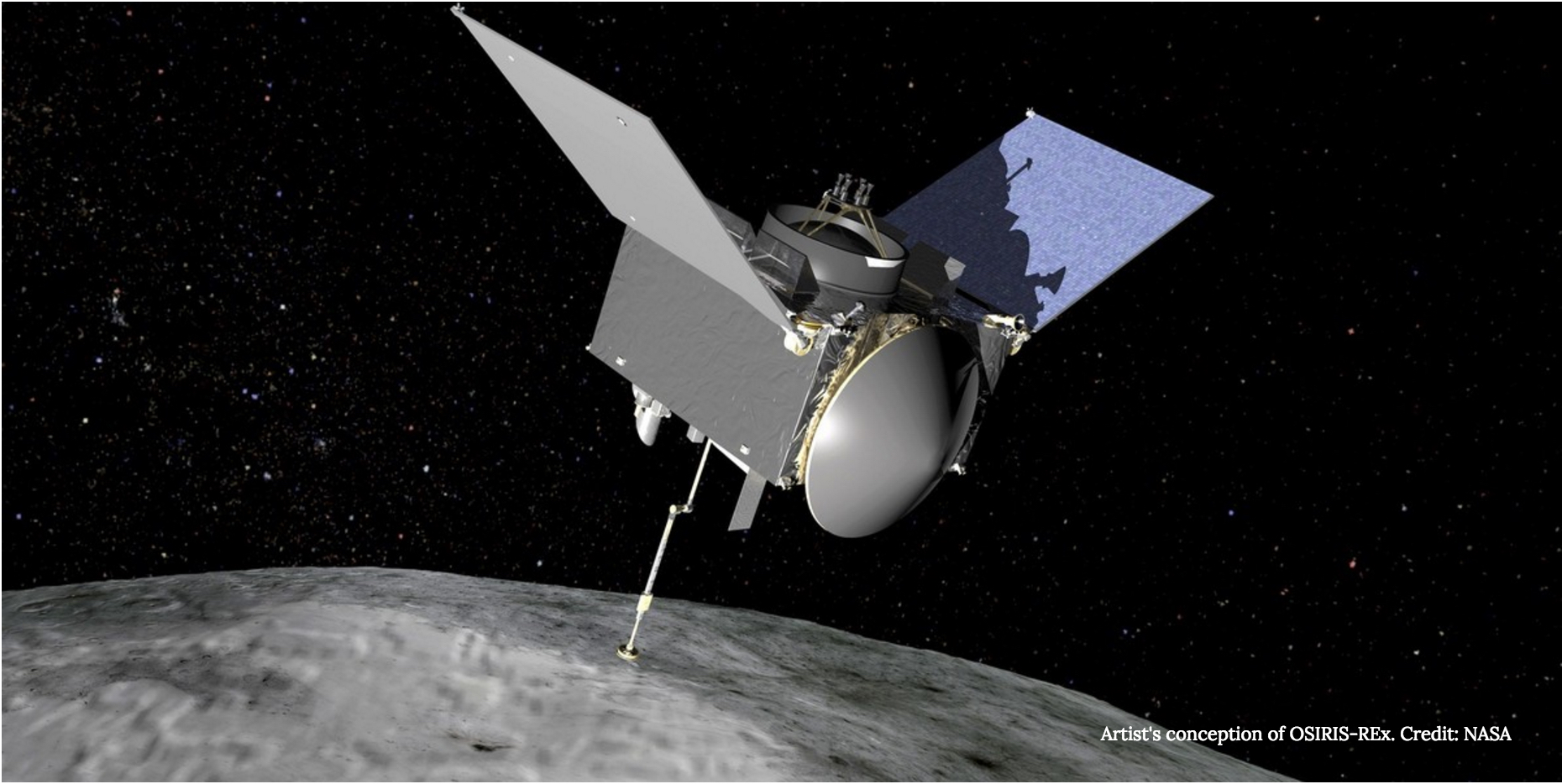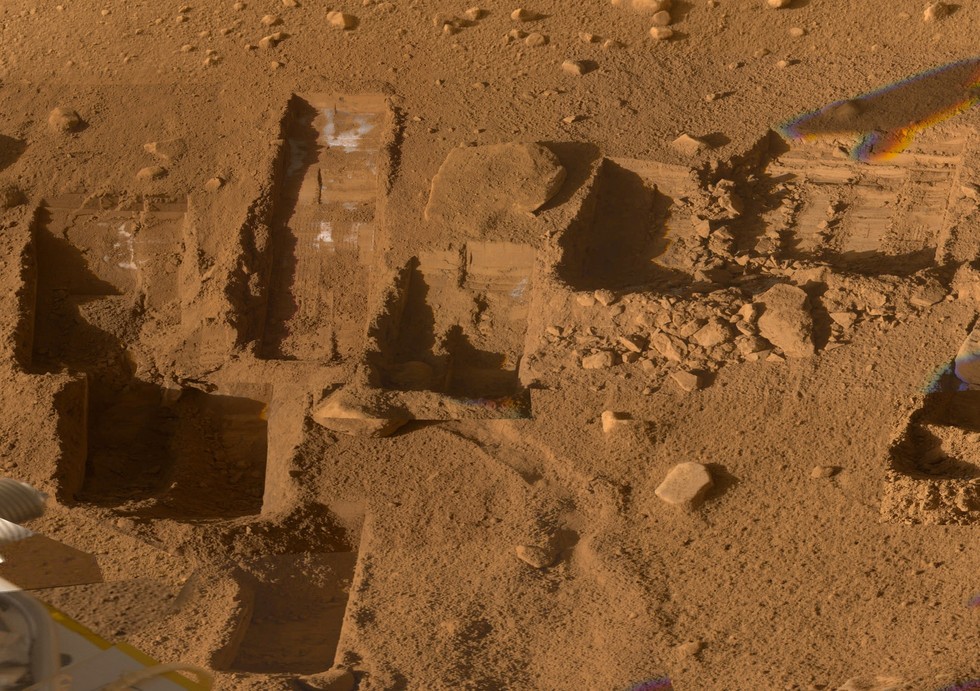Canada's Flight Across the Solar System

When NASA's new asteroid-sampling spacecraft makes a daring descent to Asteroid Bennu in 2020, it will be thanks in part to help from a much smaller partner — the Canadian Space Agency. The northern country (which happens to be my home) will fly a lidar altimeter on OSIRIS-REx that will be crucial to help the spacecraft arrive safely.
RELATED: A Short History of Missions to Asteroids
OSIRIS-REx — which stands for Origins, Spectral Interpretation, Resource Identification, Security, Regolith Explorer — launched Thursday (Sept. 8) from Florida. Upon arriving at Bennu in 2018, the altimeter will map the surface to high resolution, particularly at the touchdown site. The spacecraft will skim above the surface and deploy a small collection device, which will fire nitrogen gas to insert a sample of Bennu.
How many boulders are on the touch-and-go site? How big are they? Where are they located? What is the best path for the spacecraft? We have no way of knowing this until we get much closer up to the asteroid. It's exciting to see us map an asteroid in detail with an instrument that has a family history dating back to Mars. Because in 2008, a Canadian lidar instrument on NASA's Phoenix lander fired into the atmosphere to track the movement of dust particles.
The CSA has a tiny space budget in 2016 of $432 million Canadian ($334 million US); that's less than half the cost of the OSIRIS-REx mission itself. What's extraordinary is how much we can do on such a small budget, and how much respect I hear from my interview subjects about Canada's accomplishments.

Everyone remembers Canadian astronaut Chris Hadfield's trip to the International Space Station in 2012-13, when the commander charmed the world with his guitar-playing and social media savvy. But his trip is only one of 16 that Canadians have made to space.
Our participation was first made possible by contributing the Canadarm, a robotic arm that caught and released many satellites (including the Hubble Space Telescope). It was also used to build the ISS. Today, the next-generation Canadarm2 snatches visiting spacecraft to the station, and the robotic Dextre has been used to test out satellite refueling at the same facility. These robotic operations could help out as NASA plans human missions to Mars or an asteroid.
Get the Space.com Newsletter
Breaking space news, the latest updates on rocket launches, skywatching events and more!
RELATED: Chris Hadfield's Awesome Space Odyssey
Usually Canadian accomplishments drum in the background, even in my own country. We take our expertise in robotics, and the contributions of our Canadian astronauts, for granted. It comes at a danger; in 2012, an aerospace review board expressed concern about the CSA's lack of budget stability. Critics also pointed to the long gap after Hadfield's mission until the next Canadian astronaut flies in space, which has now been confirmed for 2018. That being said, new astronauts are being recruited now for probable future missions in the 2020s.
I know I'm biased since I report on this sector all the time, but I just find it so exciting when a Canadian mission gets any international attention. I've been told we punch above our weight in space, and I feel like we are making a contribution when I see missions such as OSIRIS-REx. I just hope we pay attention to OSIRIS-REx long after it leaves Earth, and that we pay similar attention to future Canadian space initiatives.
Originally published on Discovery News.
Join our Space Forums to keep talking space on the latest missions, night sky and more! And if you have a news tip, correction or comment, let us know at: community@space.com.

Elizabeth Howell (she/her), Ph.D., was a staff writer in the spaceflight channel between 2022 and 2024 specializing in Canadian space news. She was contributing writer for Space.com for 10 years from 2012 to 2024. Elizabeth's reporting includes multiple exclusives with the White House, leading world coverage about a lost-and-found space tomato on the International Space Station, witnessing five human spaceflight launches on two continents, flying parabolic, working inside a spacesuit, and participating in a simulated Mars mission. Her latest book, "Why Am I Taller?" (ECW Press, 2022) is co-written with astronaut Dave Williams.









